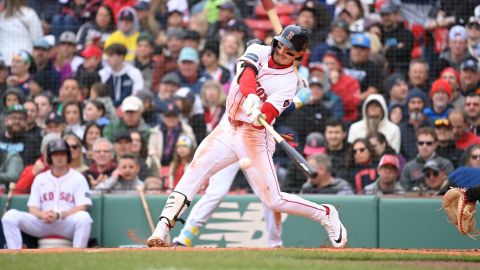Even in an age where lavish, multibillion dollar arenas and stadiums are sprouting up like architectural dandelions, don’t expect any push for a new Fenway Park — a popular rallying cry of the late 1990s.
Fenway isn't the smelly, slimy bandbox your father introduced to you. Improvements, both outside and in, have been an annual tradition at the old ballyard since John Henry and Tom Werner and Larry Luchino bought the Red Sox.
Under the new ownership group, Fenway has added seats everywhere and anywhere. Wherever a David Ortiz blast can reach, Henry and Co. wanted a fan there to catch it. But these improvements haven't just benefited the Nation and Bostonians inside the park. Thanks to the success of these facelifts and the product on the field, Fenway is more than just a T stop with a ballfield.
The Fens has been transformed into an open-air party with the national pastime's most recognizable symbols and deepest traditions — but that's not all. It's been a gold mine for real estate developers and entertainment venues.
Developer Steve Samuels recently built two residential high-rises just a deep drive away. The buildings have added nearly 800 apartments to the neighborhood.
And it's not just diehard Sox fans wanting to be close to America's Most Beloved Ballpark who find the location desirable.
Developer John Rosenthal has been pushing his own plans to build a massive housing and retail project above the nearby Massachusetts Turnpike. The $450 million idea deemed the Fenway Center will consist of apartments, stores, offices and a 1,300-car parking garage. Yes, parking at a Red Sox game.
Prior to 2003, it would have been hard to imagine this Fenway boom — but Henry, Werner, Luchino have indeed reinvented the Fens and aren't slowing down anytime soon.



